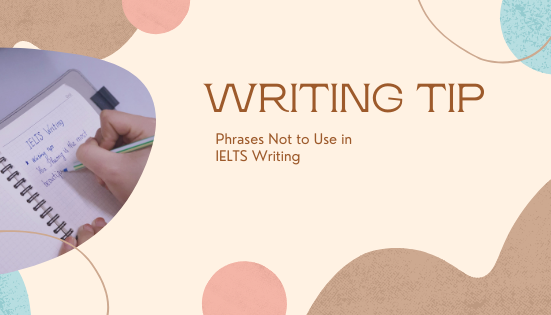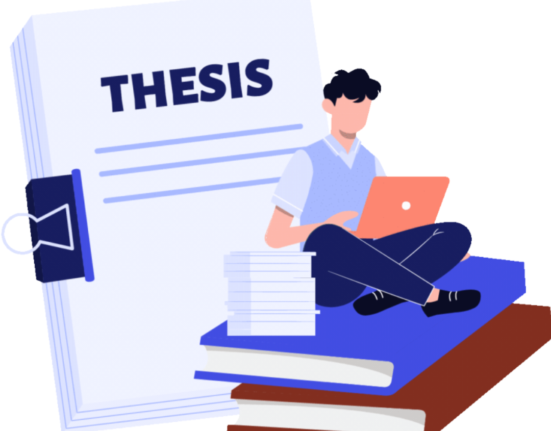In the realm of IELTS (International English Language Testing System) Writing, the ability to seamlessly transition between ideas is crucial for achieving a high score. One powerful tool in accomplishing this is the effective use of transitional phrases. These phrases act as linguistic bridges, guiding the reader through your essay with clarity and coherence. In this blog, we’ll delve into the significance of transitional phrases in IELTS Writing and provide examples to illustrate their usage.
Why Use Transitional Phrases in IELTS Writing?
- Enhanced Coherence: Transitional phrases ensure that your ideas flow logically from one to the next, creating a coherent and easy-to-follow structure. This coherence is a key criterion in the IELTS assessment criteria, and using transitional phrases can significantly bolster your score in this aspect.
- Improved Clarity: By signaling shifts in topic, direction, or argumentation, transitional phrases help prevent confusion and ensure that your message is conveyed clearly to the reader. This is particularly important in academic writing, where complex ideas must be communicated with precision.
- Demonstration of Language Proficiency: Utilizing transitional phrases showcases your command of the English language, including your understanding of vocabulary and syntax. This can impress examiners and contribute to a higher score in the lexical resource criterion.
- Structural Organization: Transitional phrases contribute to the overall structure of your essay, guiding the reader through the introduction, body paragraphs, and conclusion. They help create a roadmap that directs the reader’s attention and keeps them engaged from start to finish.
Examples of Transitional Phrases
1. Addition: When you want to introduce additional supporting points or evidence.
- Furthermore,
- Moreover,
- Additionally,
- In addition to this,
Example: “Furthermore, renewable energy sources not only reduce carbon emissions but also promote sustainable development.”
2. Contrast: To highlight differences or opposing viewpoints.
- However,
- On the other hand,
- Conversely,
- Despite this,
Example: “However, proponents argue that the benefits of technological advancement outweigh the risks associated with automation.“
3. Result or Consequence: To indicate the outcome of a certain action or event.
- Consequently,
- As a result,
- Therefore,
- Thus,
Example: “As a result, governments worldwide are implementing stricter regulations to mitigate the effects of climate change.”
4. Conclusion or Summary: To signal the end of a discussion or summarize key points.
- In conclusion,
- To sum up,
- Overall,
- To conclude,
- Example: “To sum up, it is evident that education plays a pivotal role in shaping the future of society.”
In the realm of IELTS Writing, mastering transitional phrases is a skill that can significantly elevate the quality of your essays. By enhancing coherence, clarity, and structural organization, these phrases serve as indispensable tools for achieving a high score. By incorporating transitional phrases strategically, you can effectively guide your reader through your arguments and leave a lasting impression on the examiner. So, remember to wield these linguistic bridges with finesse in your next IELTS Writing task, and watch as your essay seamlessly transitions from good to outstanding.














